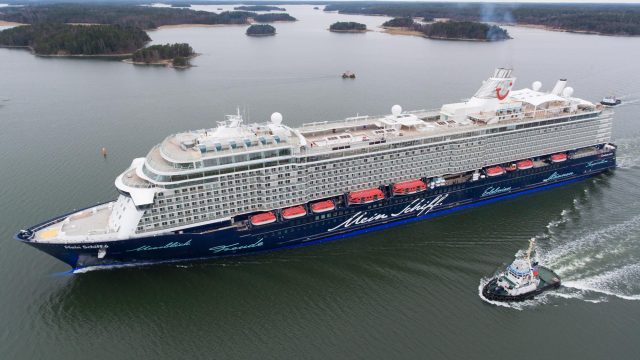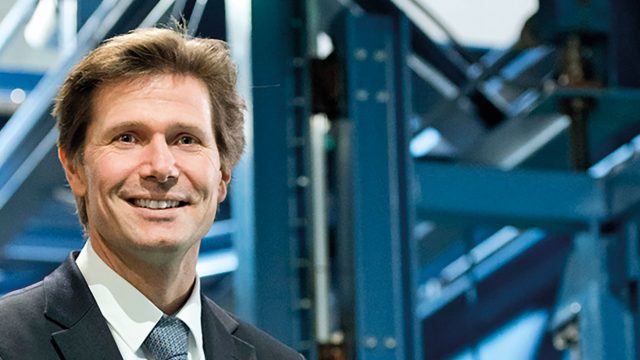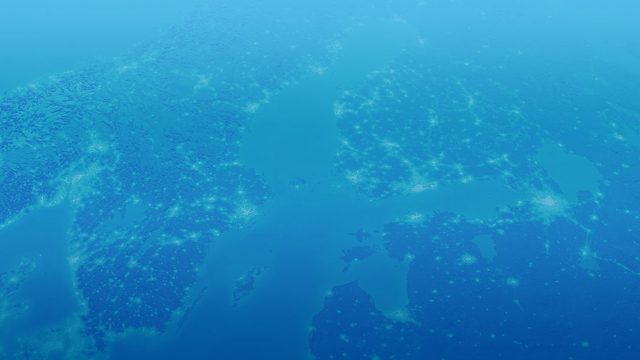A major milestone was reached in the area of remote-controlled vessels in December 2018 when the Suomenlinna II ferry was successfully test-driven in the waters outside Helsinki harbor. The historic test, conducted by ABB and Helsinki Region Transport, is an important step forward for autonomous seafaring. The test enabled ABB to trial technologies that make vessels more efficient and that can be fitted to vessels of any type.
“We are excited about the impact of the test on the future of maritime transport. ABB’s advanced automation solutions are making previously impossible things possible in many sectors, including maritime transport, a sector that is actively seeking technologies to improve efficiency and safety,” says Peter Terwiesch, President of ABB’s Industrial Automation division.
“Autonomous does not mean unmanned. As vessels become electronic, digital and networked, ABB can optimise the expertise of seafarers using existing solutions, thereby improving the overall safety of sea travel,” says Juha Koskela, Managing Director of ABB’s Marine & Ports business unit.
For the Suomenlinna experiment, the ferry was controlled from a temporary control center located in central Helsinki. The ferry was controlled using the ABB Ability™ Marine Pilot Control system, which uses dynamic positioning.
Suomenlinna II was built in 2004 and has an ABB Azipod® propulsion system, which is suitable for icebreaking. In 2017, the ABB Ability™ Marine Pilot Vision system was fitted to the ferry to provide status data. ABB Ability™ is offered by ABB’s digital solutions and services.
Azipods on Viking’s new flagship
The technologies on board the new Viking Line car-and-passenger ferry being built in China will also include the ABB Ability™ System 800xA automation system, which integrates power generation, the Azipod® rudder propulsion system and the vessel’s management systems on a single platform. This provides the ship’s crew and ground staff with a wide-ranging overview of all the data required to operate safely and efficiently.
ABB Ability™ is a harmonized, cross-sectional platform encompassing devices, networks and cloud services. It integrates data between products, systems, solutions and services to provide the data required for operations. The ABB Ability™ platform runs on the Microsoft Azure cloud service.
“ABB’s vision of electronic, digital and connected vessels is based on simplicity, efficiency and safety. The needs of today can be addressed by fully integrating various different systems on a single platform, providing an opportunity to use future technologies efficiently,” says Antti Ruohonen, Senior Vice President of Marine & Ports at ABB.
ABB’s Marine & Ports business unit operates in Hamina, Turku and Vuosaari in Helsinki, and it has global responsibility for developing marine industry solutions for ABB.
Rudder propellers in the spirit of Nordenskiöld
Nobiskrug, a shipyard in Germany, has developed the super-hybrid yacht of the future for the very wealthiest yacht-owners, combining performance and comfort with sustainable development solutions, such as low emissions and low fuel consumption.
The 80-meter hybrid yacht, named Artefact, is powered by ABB Azipod rudder propulsion devices. The two Azipod rudder propulsion devices cut fuel consumption by one fifth compared with conventional power transmission solutions based on propeller axles. The propulsion devices can rotate 360° and, because they are located outside the hull of the vessel, there is more space within the keel for payload and greater comfort for passengers and crew alike.
The mega-yacht’s power transmission also uses the ABB Onboard DC Grid system, which enables step-free regulation of the engine power to different speeds and the use of accumulated energy as required. The Onboard DC Grid reduces fuel consumption by up to 27 per cent, and the system is also compatible with renewable energy sources.
Nobiskrug’s shipyard is also well known in Finland. The German company has previously built vessels such as the bird-class icebreaking tankers Uikku, Lunni, Tiira and Sotka for Neste Corporation. In particular, M/T Uikku, which is equipped with Azipods, has created a new chapter in seafaring history by opening up the Northeast Passage in the 1990s, following in the wake of the Finnish explorer A.E. Nordenskiöld on his sailing ship, Vega.



















